Restoring streams in Washington, D.C.
Restoring Watts Branch reduced pollution, brought back wildlife and gave the community a sense of pride.
A year or two ago, the newest addition to a southeast Washington, D.C., stream was not nesting mallards or spring peeper frogs, but cars – abandoned in the creek at the approximate rate of one vehicle per week.
Illegal dumping was just one problem for Watts Branch: the largest D.C. tributary to the Anacostia River, which flows through the District to the Potomac River and into the Chesapeake Bay. Broken sewer lines running through the stream leaked bacteria into the water. During storms, fast-moving water cut into the stream's banks, leaving Watts Branch looking more like a trench than a backyard creek.
When water cuts into stream banks, it carries sediment (dirt) into the stream. Sediment clouds the water, preventing sunlight from reaching important aquatic life, such as amphibians and bay grasses.
This combination of bacteria and sediment pollution left Watts Branch virtually devoid of life. The creek – just blocks away from Marvin Gaye's childhood home – was beginning to mimic the music legend's environmental concerns, expressed most explicitly in his 1971 single Mercy Mercy Me. ("Oil wasted on the oceans and upon our seas/Fish full of mercury/Oh, mercy mercy me/Oh, things ain't what they used to be.")
Today, dumped cars are a rare sight, and spring peepers splash into the water as I walk along the banks of Watts Branch. A stream restoration project completed in fall 2011 by the District Department of the Environment (DDOE) not only corrected the dumping problem, but repaired sewer lines, installed native plants, and transformed the trench into a meandering stream that can healthily withstand storm events.
Slowing down fast-moving water
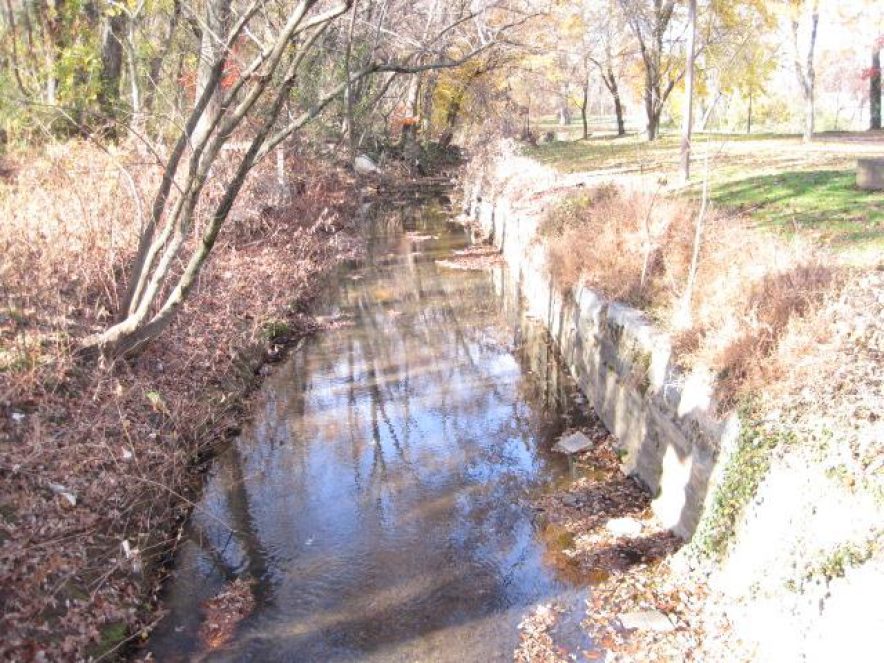
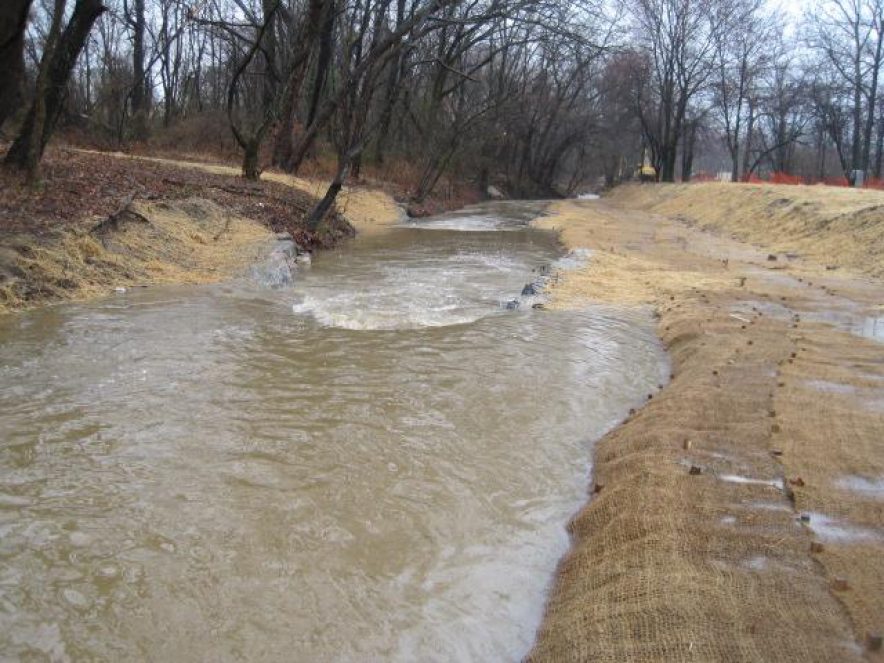
"The project is designed to keep the channel relatively stable," explains Peter Hill, branch chief for DDOE's Planning and Restoration Division. "Before, the stormwater and all the runoff would come rushing through here very quickly. The banks were steep; there was not a lot of biological activity."
In one 2008 storm event, the stream’s water level rose from zero to four feet in just two hours.
Like all stream restoration projects, the Watts Branch project aimed to slow down stormwater flowing into the stream. When water moves slower, it does not cut into and erode stream banks, carrying sediment into the water. This allows plants and wildlife to flourish both on the banks and in the stream.
"Now, when we have a storm, water will rise up, but it will tend to fall back into the center of the stream... this basically relieves the pressure from the stream banks so you don’t get erosion," explains Hill. "The water falls over stones, (in the center of the creek) as opposed to tearing up this bank."
In addition to redirecting stream flows, DDOE and Anacostia Riverkeeper installed a floating trash collecting device in the water. Groundwork Anacostia empties the device every two weeks, preventing trash from floating downstream.
Parks and People Foundation and other volunteer groups helped install native plants and aquatic grasses, which will help to keep soil on the stream banks in place.
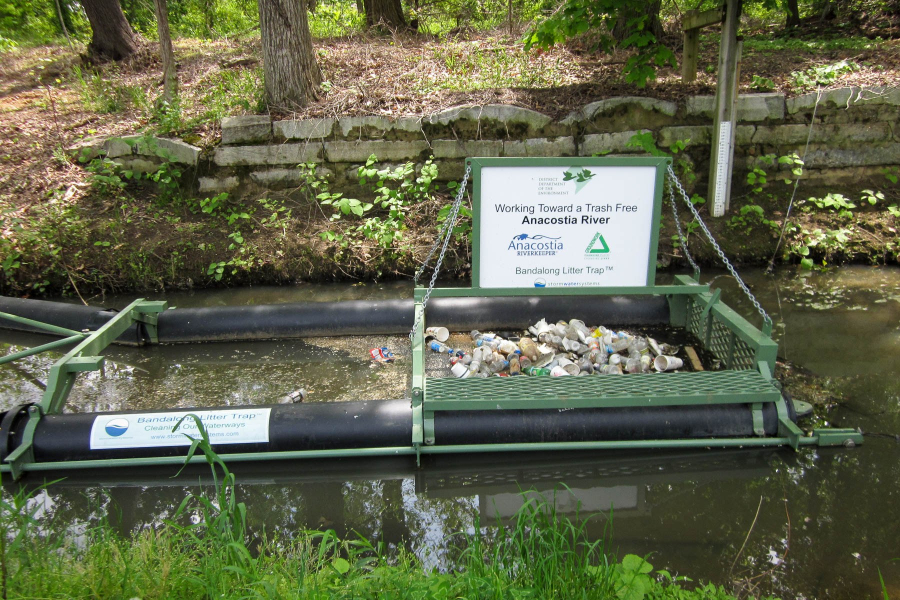
Watts Branch was chosen for restoration because of its severe water quality impairments from sediment and bacteria. But there are hundreds of streams just like it across the Chesapeake Bay watershed.
In Northwest D.C., Milkhouse Ford, a tributary to Rock Creek, also suffered from high volumes of fast-moving stormwater flowing from a nearby residential neighborhood. Today, rocks separate the stream into small pools where tadpoles are hatching, and newly planted trees dot the stream banks. The DDOE and National Park Service project was completed in fall 2011.
"Each pool is a foot drop in elevation," explains project manager and DDOE Environmental Protection Specialist Stephen Reiling. "It's just one way of slowing the stormwater down and letting sediment settle in these pools. That's the simple idea: just slowing the water down."
The pools allow the stormwater to sit long enough to seep into the ground water. This allows many of the pollutants found in stormwater runoff (such as lawn fertilizer, automobile exhaust and bacteria from pet waste) to soak into the ground, instead of making their way into the Chesapeake Bay.

"We have a very impervious residential watershed up here (above the stream), so associated with that, there’s grease and oil from vehicles, sediment, and any kind of fertilizer residents put on their lawns," explains Reiling. "So we’d like to slow that down, and hopefully keep it here before it gets to the bay."
Milkhouse Ford is surrounded by the forests of Rock Creek Park, trees that the project team managed to keep intact. Preserving nearby vegetation is difficult in many stream engineering projects, which require large and heavy equipment to build up banks or replace soils.
"This is pretty unique in terms of how small the footprint is," says Hill.
Rock Creek Conservancy and other volunteer groups planted native trees and shrubs along the banks, which will hold the soil in place and prevent the stream's banks from eroding.
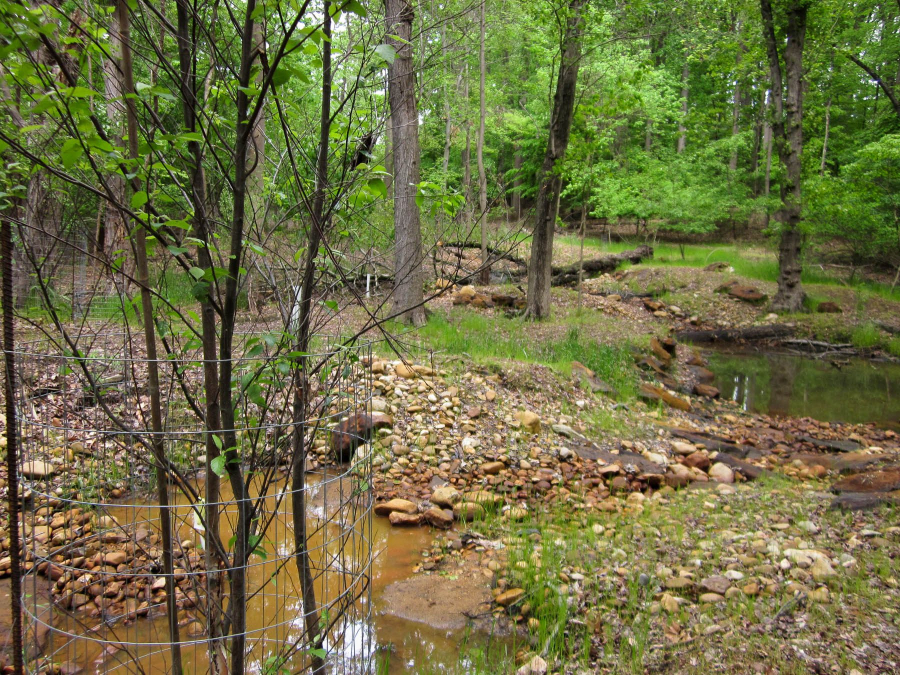
The stormwater story
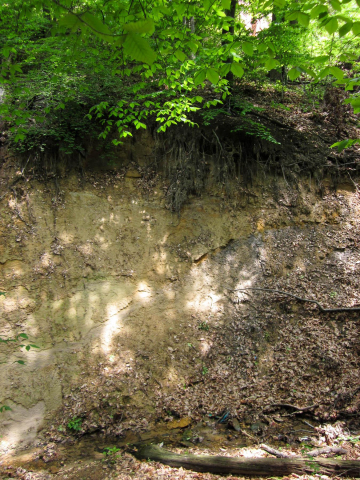
Since streams, storms and stormwater are natural parts of the water cycle, it may seem strange that stormwater is degrading our streams and contributing to sediment pollution in the Chesapeake Bay. But in many places, stormwater from driveways and lawns flows into a sewer on the street, which connects to a local creek. The problem? These creeks were not meant to hold stormwater from the entire neighborhood – only the water that naturally flowed into them. When too much water flows in at once, the banks wash away, bringing tons of sediment as well.
"When many of these houses (in southeast D.C.) were built, they saw stormwater as a problem, so they piped it out from the streets and sent it to the nearby stream," explains Hill.
While this infrastructure can't be entirely corrected, ensuring that the streams remain stable during storm events will improve water quality in the stream, as well as in the Chesapeake Bay.
Another way to ease pressure on our streams is to keep stormwater onsite. This means reducing runoff from your property by using rain barrels, rain gardens and native plants. In the Bay watershed, local programs such as River Star Homes (Norfolk, Virginia) and River Smart Homes (Washington, D.C.) help local residents implement runoff-reducing practices in their backyards.
More than a stream
Stream restoration project leaders like Hill and Reiling are beginning to notice an unexpected, less measurable outcome of their projects: residents have developed a sense of pride and stewardship for their newly restored neighborhood creeks.
When Watts Branch was transformed from a steep, cloudy channel littered with cars into a meandering creek with sprouting saplings, residents began to spend more time along the streamside pedestrian trail, and dumping stalled.
“Watts Branch was chosen for restoration because...it was an eyesore to the community," says Hill. "The community didn’t see it as an asset, and being D.C.’s largest tributary to the Anacostia, we wanted to fix it up.”
Neighborhoods along the 1.7 mile stretch of restored stream have seen a reduction in crime since the project’s completion, according to Hill.
“Most recently, an older gentleman brought his grandkids here and they were hanging out near the stream; he wanted to show them where he grew up,” explains Hill. “It was really nice that someone would be proud of this, so much that they want to show it to their grandkids.”
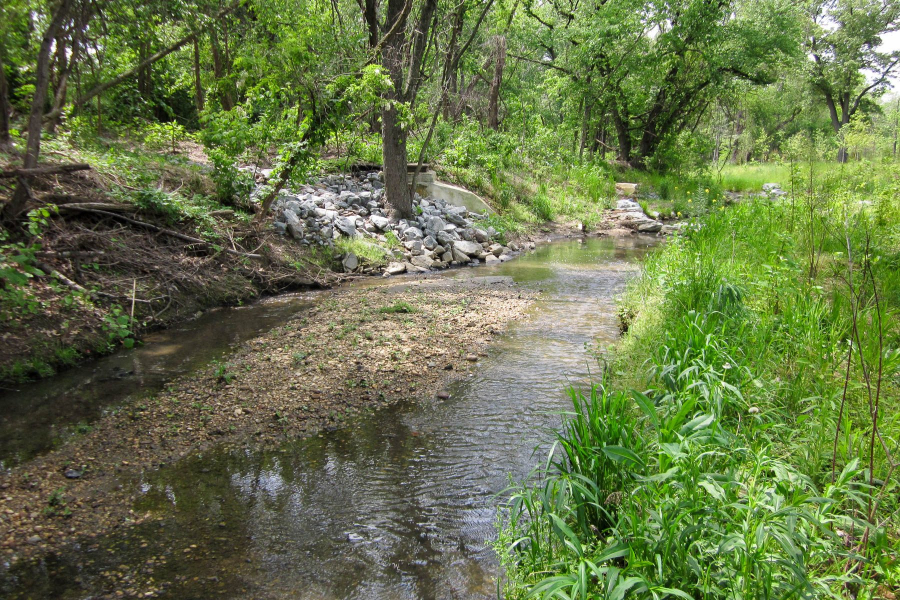

Comments
There are no comments.
Thank you!
Your comment has been received. Before it can be published, the comment will be reviewed by our team to ensure it adheres with our rules of engagement.
Back to recent stories